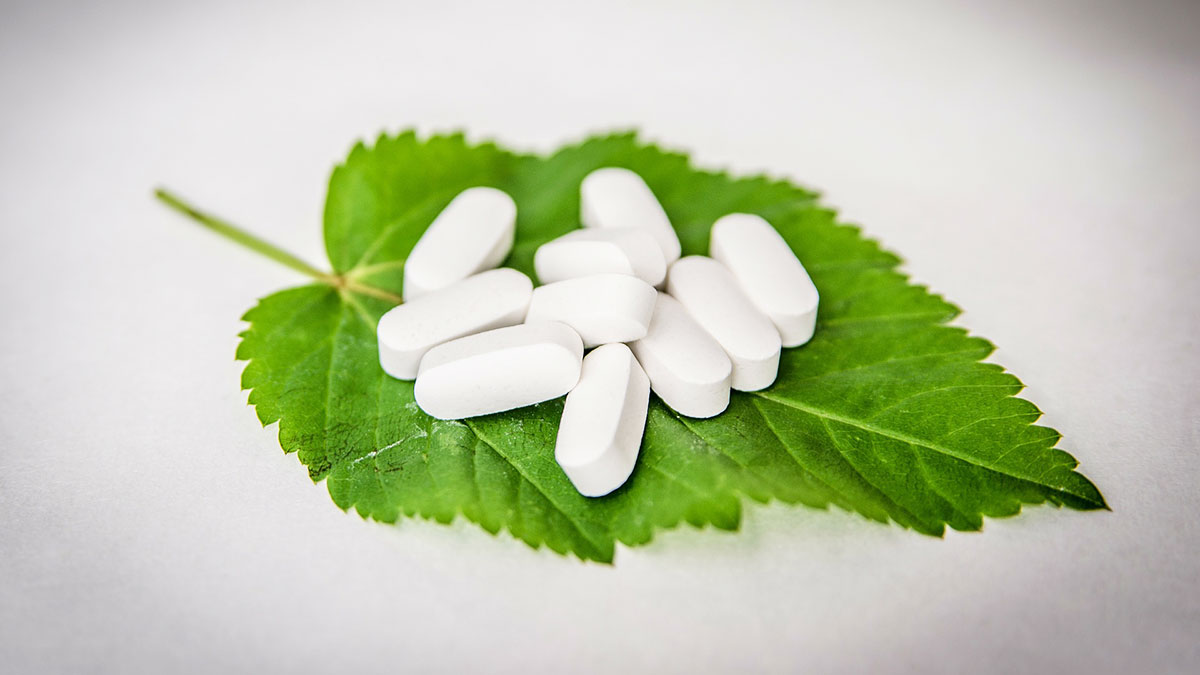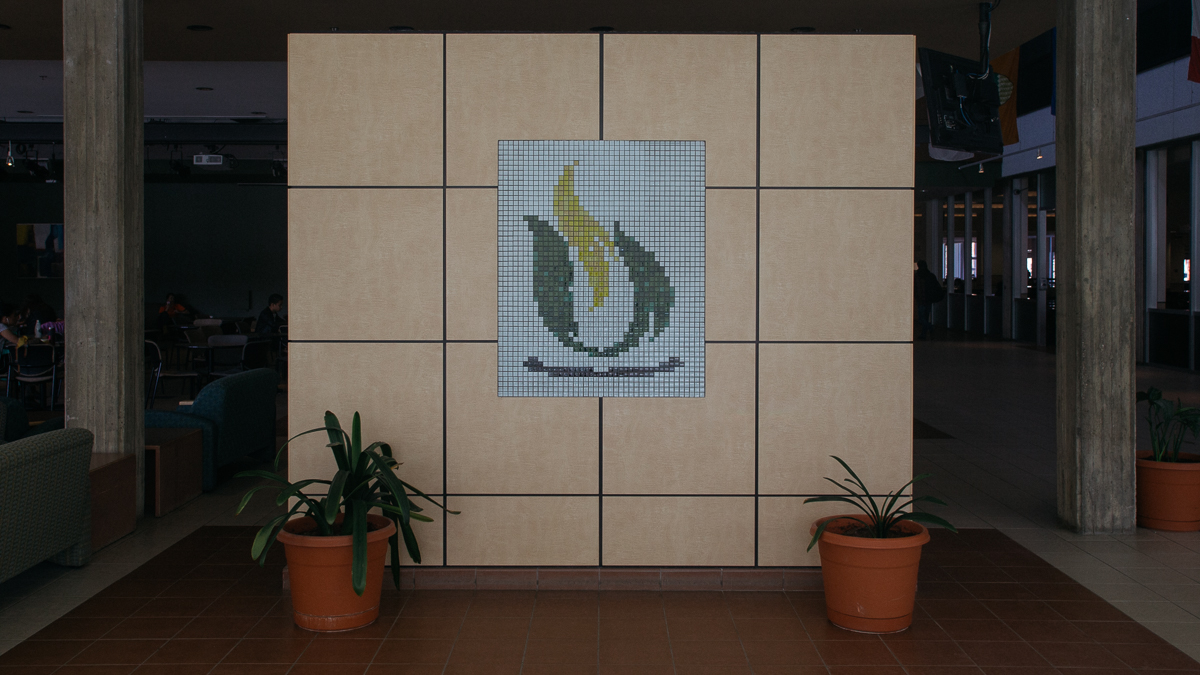Homeopathic remedies and pharmaceutical are drugs not the same
 Supplied
SuppliedIn most pharmacies, both homeopathic remedies and pharmaceutical drugs are placed side by side. This creates a misleading impression that both sets of treatments are comparable; they are not. The fact of the matter is that homeopathic remedies don’t have to undergo the strict testing that pharmaceutical drugs do, and should either be placed in their own sections of pharmacies or should be required to undergo clinical trials to demonstrate that they produce more than elaborate placebo effects.
Most homeopathic medicines work on a principle of “like cures like,” meaning that they consist of a small amount of a substance (usually a mineral or herb) thought to produce the symptom of an ailment. It’s then extremely diluted in a volume of water, so much so that no original molecules of the ingredient itself remain. It is for this reason that most opponents of homeopathy argue that homeopathic medicines work based on the placebo effect.
There are definitely some homeopathic treatments that are bunk: two examples include a treatment that claims to have infused sugar with the light from Saturn and one that uses raccoon fur as its main ingredient.
Some homeopathic remedies have degrees of success, but those are few and far between because homeopathy as a movement has given rise to many pseudoscientific “cures” for various illnesses that do not work at all. This is evidenced by the assertions of doctors and official regulatory agencies that homeopathic remedies are not to be used in cases of serious conditions and diseases, such as those involving measles or asthma. Nevertheless, homeopathic remedies are placed next to legitimate pharmaceutical products on the shelf, effectively signalling to consumers that they’re both the same, even though homeopathic remedies don’t have to go through the same vetting processes and are regarded much differently than pharmaceuticals by the scientific community.
Last week, CBC submitted a fake homeopathic remedy for fevers in young children to Health Canada. CBC’s only documentation
comprised of a few pages photocopied from an old book on homeopathy, and the remedy was a complete placebo. Health Canada approved the remedy and licensed it, giving the go-ahead for it to be produced and sold. In contrast, pharmaceutical drugs need to be tested for years and put through intense clinical trials to prove their effectiveness before they can be sold to the public.
The ways that these two types of medication are approached should not differ. There are many homeopathic remedies targeted at young children nowadays, because Health Canada issued a statement in 2008 saying that over-the-counter treatments for coughs and colds should not be used for children under the age of six.
The fact that CBC was able to get their treatment approved when there was no scientific basis for it is outrageous because this easy approval process leads parents to believe that such treatments will work and could prevent parents from consulting with health professionals in times of medical crisis.
Homeopathic remedies should need to undergo the rigorous testing endured by pharmaceutical drugs, or they should be kept in separate locations in pharmacies with clear labels stating that they have not been tested in clinical trials and are not approved by the scientific community. Otherwise it’s far too easy for them to be marketed in a misleading way, and medical treatments are not something that we as consumers can afford to play around with.




